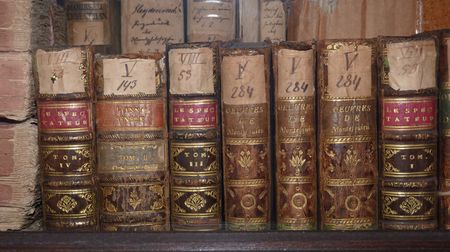STRÁŽKY
THE VILLAGE The village of Strážky located near the town of Spišská Belá was founded in the late XIIth century, as one of the defensive settlements guarding the northern borders of Greater Hungary (Slovaquia belonged to Greater Hungary at that time) and securing the road connecting the Spiš region with the Kingdom of Poland. |
|
THE MANOR HOUSE The Manor-house Strážky is one of the most important cultural monuments of the Spiš region. It was built on the foundations of a Gothic castle allegedly constructed on the ruins of a Knights Templar monastery. The first better-known aristocratic owners of Strážky were the Berzeviczy family. They acquired it from King Charles Robert in the early XIVth century. |
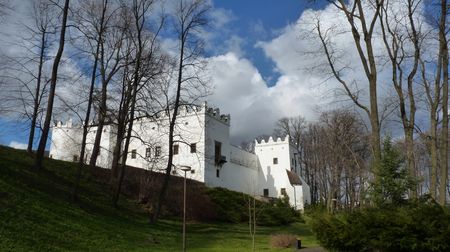 |
|
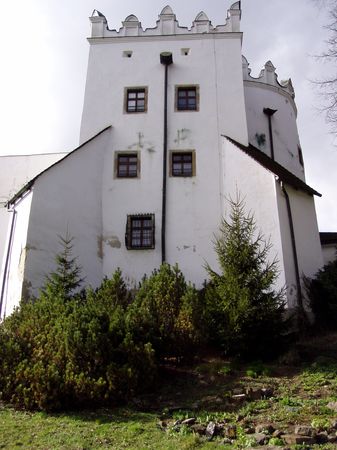 |
|
In 1556 Marko Horváth-Stansith de Grade became the new owner of the manor, he was granted Strážky Manor, along with his other proprieties in Spiš, by Ferdinanda I of Hasburg in return for his contribution to the fight against the Turks. Gregor Horvath-Stansith rebuilt the house in the XVth century. He built the renaissance castle, a humanistic school for noblemen's children and a library, which was the best one in Greater Hungary in those days. |
|
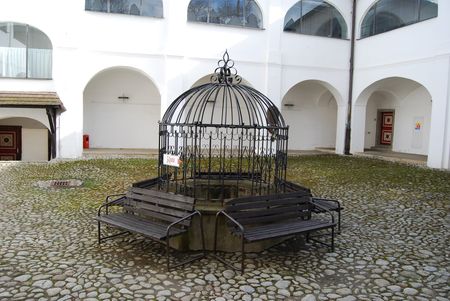 |
 |
Then the Czóbel bought the manor house at the end of the XIXth century. After the death of the young Margita Czóbel in 1972, the administration of the Slovak National Gallery became the owners. Several exhibitions were placed in the reconstructed building such as a collection of historical furniture and other interior supplements from the 17 - 19th century, an exposition of Ladislav Mednyánszky and Strážky, special exposition of historical books about the history of the village and the manor-house and the history of clans by which it was owned in past. |
 |
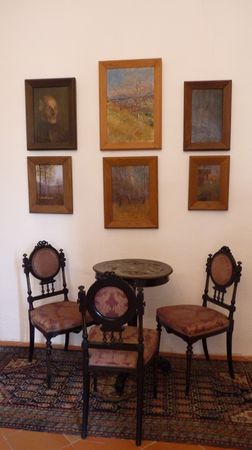 |
|
|

